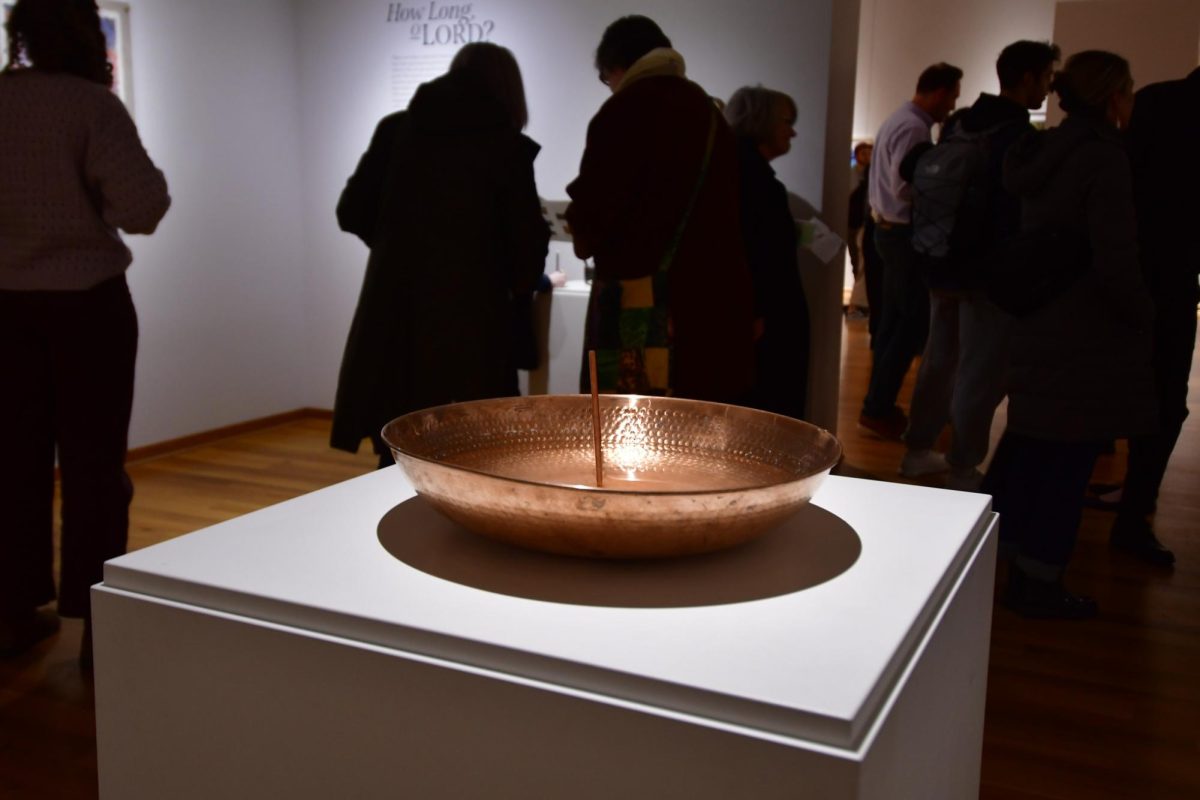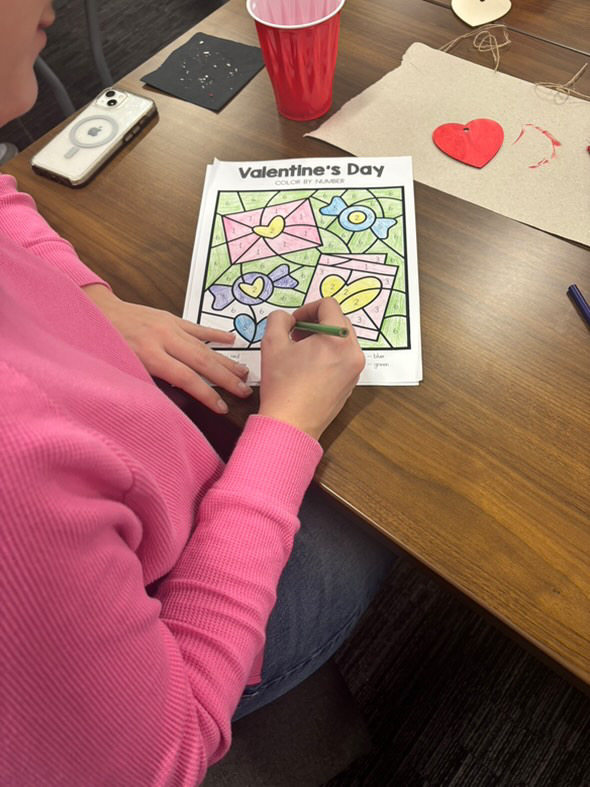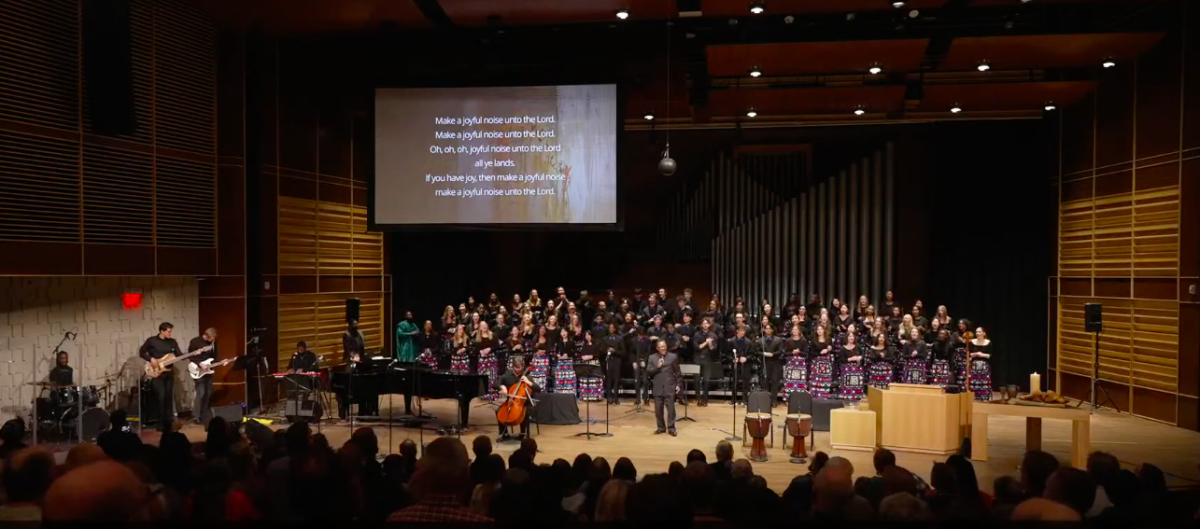Rarely in stories does an author provide both sides of a historical war. In “Boxers” and “Saints,” two graphic novels by Gene Luen Yang, two characters represent opposite factions of the Boxer Rebellion, a historical conflict in China which erupted in 1900. Four-Girl, a young Chinese girl, embodies the Chinese Christians who allied with the West and Little Bao represents a group of rebels known as the Boxers.
In “Boxers,” Yang portrays a young peasant boy named Little Bao, who is angered by the western invaders of Chinese land and culture. Little Bao’s traditions have been trampled on by the missionaries and his father has been unjustly beaten by foreign soldiers. Thus he joins the Boxers and fights against the westerners.
“Boxers” features more action sequences and vibrant colors than “Saints.” In the Boxer Rebellion, the Boxers believed they channeled spirits of the Chinese opera. Little Bao transforms into an emperor of China, and, throughout the book, Chinese spirits and culture influence him in his crusade against the westerners.
Little Bao’s inner conflict is wonderfully illustrated by his opera characters, with his spirit pushing Little Bao to commit heinous acts. He may have excellent reasons for retaliating against the West, but his methods and actions show the Boxers’ atrocious means for ending western imperialism.
The other novel, “Saints,” shows the character of Four-Girl and the positive aspects of western influences on China. Emotionally abused by her grandfather, Four-Girl finds solace in Christianity, converts to Catholicism and joins a Catholic village. As the story progresses, the village will endure the attack of the Boxers.
In contrast to the constant fights in “Boxers,” “Saints” reflects more on Four-Girl’s conversion to Christianity and her inner strife. Yang utilizes a black and white color scheme for “Saints,” but switches to yellow images in the depiction of Four-Girl’s visions of Joan of Arc. Through Joan, Yang highlights Four-Girl’s development in her Christian beliefs.
Four-Girl has an admirable faith in the midst of her struggles in the rebellion and other Chinese Christian characters are also shown to find comfort in their faith. Thus, “Saints” portrays the positive influence of Christianity in the life of some Chinese people.
Still, one can understand the Boxers’ negative reaction to Christianity and their association of Western religion with the depiction of the Catholic priest, whose judgmental attitude towards Chinese culture and religion contributes to Little Bao’s dislike of western imperialism. In contrast, “Saints” shows Christians in neither a positive nor a negative light, but takes a neutral stance.
Both “Boxers” and “Saints” can be read and purchased separately. Since the books parallel and complement each other so well, one should read both graphic novels. “Boxers” and “Saints” show the admirable traits and faults of both sides of the rebellion.
Neither graphic novel condemns or pardons either side for the triggering of the Boxer Rebellion. By showing the experience of both Four-Girl and Little Bao, Yang finds a rare balance between sides in a rebellion where, in Christian circles, the Boxers are often perceived as the bad guys and the Christian missionaries as angelic saints.






